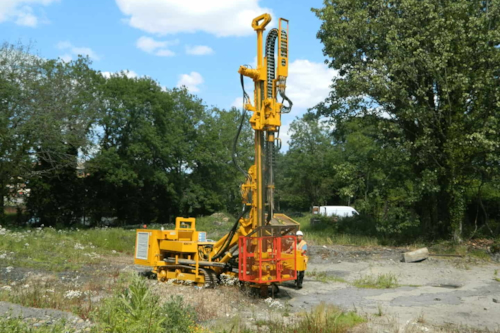
Gas Monitoring & Assessment
Receive a quote tailored to your needs
Ground Gas Monitoring is a service that Kiwa can provide, or it is also part of a more detailed Phase 2 Intrusive investigation where assessment is made to BS8485 (Code of practice for the design of protective measures for methane and carbon dioxide ground gases for new buildings).
In either case we monitor standpipes placed into boreholes (installed by us, or third parties) for a range of ground gases that usually include:
- Carbon Dioxide
- Methane
- Carbon Monoxide
- Oxygen
- Hydrogen Sulfide
As well as recording other site data:
- Weather conditions
- Ground conditions
- Borehole conditions
- Borehole locations
- Flow Rate
- Atmospheric Pressure
- Relative Borehole Pressure
What is the output?
The data gathered can be placed into a simple factual report with location plans and borehole monitoring data.
It can also be provided in an assessment report that would be to assess the likely protective measures required for the proposed development type (e.g. residential, commercial, etc.).
Any assessment would be in line with the requirements presented in BS8485 (Code of practice for the design of protective measures for methane and carbon dioxide ground gases for new buildings) and also consider the information presented in other documentation such as CIRIA C665.p
How are the reports presented?
Our reports are provided in PDF format via email.
Cable Percussive Boreholes
Cable Percussive Boreholes can achieve deeper borehole depths than Window Sampling techniques - over 20m (possibly up to 50m depending on conditions) using a clay cutter through cohesive soils, a casing and shell through granular soils and a chisel to break up rock and other hard layers.
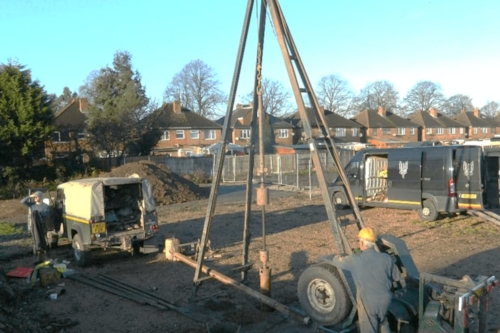
Coal Authority Assessments
Developing on land that has been previously mined or has had the potential to be previously mined can be problematic. As such the Coal Authority (CA) is a statutory consultee for the planning departments across the country.

Phase 1 Desk Study
In line with the Land Contamination Risk Management Strategy (Environment Agency, 2020), BS5930 and Eurocode 7 (EN 1997) all ground investigations should be preceded with a suitable Phase 1 Desk Study and Site Walkover to provide a baseline information package about any site.

Phase 2 Intrusive Investigation
The Land Contamination Risk Management (EA, 2020) guidance Stage 1 process requires further information and refinement on the risk assessment process for the Source – Pathway – Receptor contamination linkage.
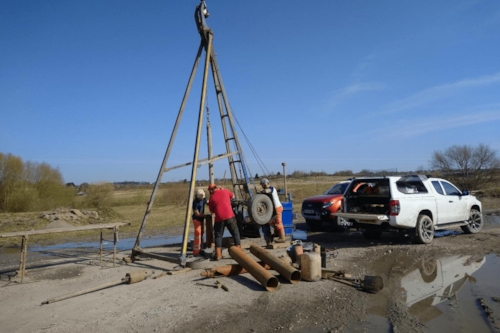
Window Sampling Boreholes
Window sampling or windowless sampling is a technique used to bore through shallow soft soils to investigate the substrata in order to gain a profile of the ground conditions and to facilitate soil sampling for chemical and geotechnical analysis.
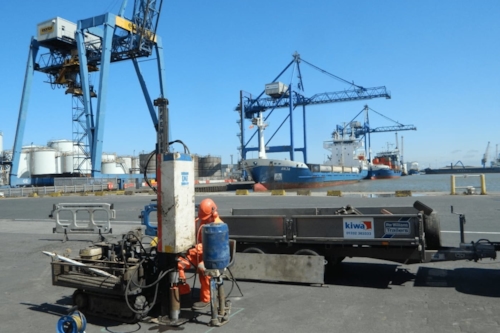
Remediation Method Statements
Remediation Method Statements and Watching Brief (Stages 2 and 3 LCRM – remediation feasibility and development of a final remediation strategy).
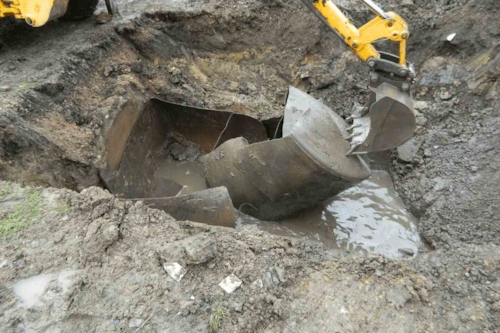
Rotary Boreholes
Rotary Open Hole techniques are employed to investigate the presence of shallow (<30m) coal using a water flush system to prevent the ignition of potentially explosive mine gases for deep observations of coal bearing strata.
